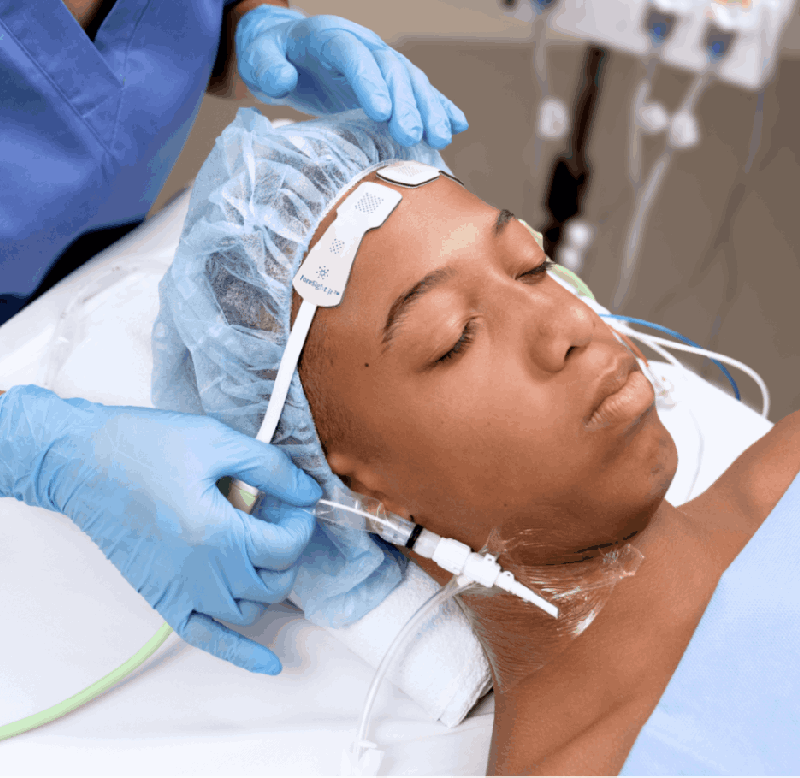Parameters
- Continuous right heart pressures (PAP, RAP)
- Intermittent wedge pressure (PAOP)
- Intermittent thermodilution cardiac output (iCO)
- Mixed venous blood sampling (SvO2)
- Continuous core temperature
Diagnostic clinical support
in your most complex adolescent cases

Edwards Lifesciences Critical Care product group is now part of BD (Becton, Dickinson and Company). Edwards is the manufacturer of the products.
To find the latest information, please visit this page on BD.com
Backed by more than 50 years of innovation and experience, Swan-Ganz pulmonary artery catheter is indicated for pediatric patients. With a continuous view of right-heart pressures, mixed venous blood sampling, and intermittent cardiac output, you can make diagnostic clinical decisions for the critically-ill children in your care.
*Indicated age range: ≥12 years
Swan-Ganz Jr catheters assist with monitoring right-heart function with assessments of pressures and flow for pediatric patients. Individualize care with a range of catheter sizes to meet your patients' needs.
| Model numbers | Description | Size (F) | Length (cm) |
| SGPT755P | Swan-Ganz Jr pulmonary artery catheter | 7.5 F | 110 |
| SGPT64P | Swan-Ganz Jr pulmonary artery catheter | 6 F | 110 |
| SGPT54 | Swan-Ganz Jr pulmonary artery catheter | 5 F | 75 |
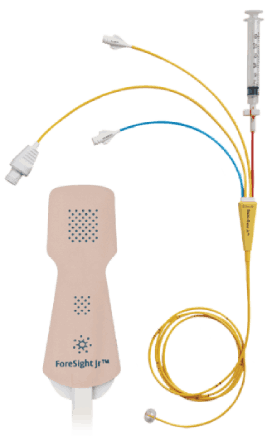
Monitor Swan-Ganz Jr catheter alongside ForeSight Jr sensor to understand the adequacy of oxygen delivery. When used together, you can trend tissue oximetry alongside the hemodynamic parameters offered by Swan-Ganz Jr catheter, so that you can have comprehensive insights to help you identify the root cause of imbalances.
Swan-Ganz Jr catheter is part of a complete portfolio of hemodynamic monitoring solutions designed to help you manage hemodynamic instability across a range of patient needs and critical care settings.

Access continuous, noninvasive blood pressure, cardiac output, and other advanced hemodynamic parameters
Parameters: SYS/DIA/MAP, CO/CI, SV/SVI, SVV,
PPV, SVR/SVRI, PR
Indicated age range: ≥12 years
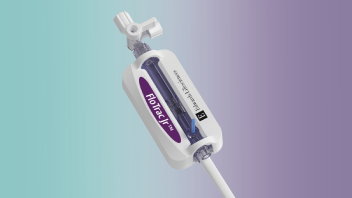
Attaches to any existing arterial line to provide advanced volume, flow, and pressure insights for managing perfusion
Parameters: CO/CI, SV/SVI, SVV, PPV, SVR/SVRI, SYS/DIA/MAP,PR
Indicated age range: ≥12 years
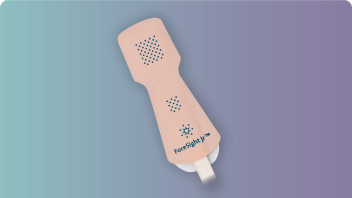
Access continuous, actionable insights into tissue oxygenation with three sensor types designed to be gentle on delicate skin
Parameters: StO2, ∆ctHb
Indicated for pediatric patients of all ages
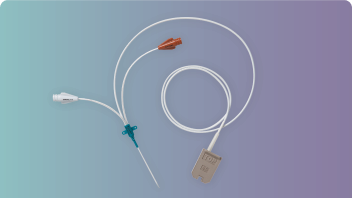
Access continuous ScvO2 monitoring to help you stay ahead of tissue hypoxia
Parameters: ScvO2, CVP
Indicated for pediatric patients of all ages
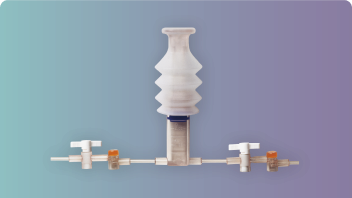
Designed to meet the volume-critical requirements of pediatric patients, VAMP Jr system provides safe and convenient closed blood sampling for effective patient blood management
Indicated for pediatric patients of all ages
With a long-term commitment to improving the quality of care for surgical and critical care patients through education, Edwards clinical education meets you no matter where you are in the learning process – with a continuum of resources and tools that continuously support you as you solve the clinical challenges facing you today, and in the future.
CAUTION: Federal (United States) law restricts this device to sale by or on the order of a physician.
See Instructions For Use (IFU) / Directions For Use (DFU) for full prescribing information, including indications, contraindications, warnings, precautions and adverse events.
We are committed to providing your institution, clinicians and staff with the highest levels of customer service and support to ensure seamless product implementation and ongoing use, including:
24/7 Technical support
For product information and orders
